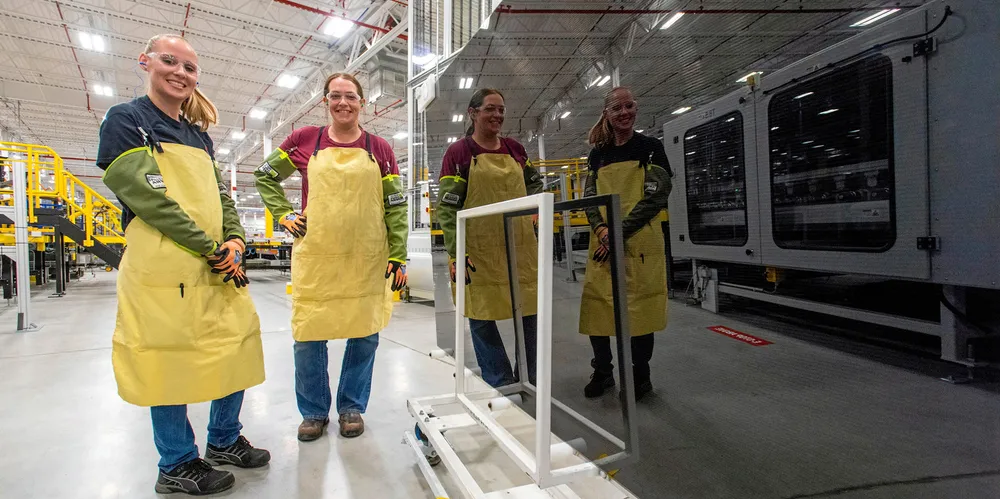'Growing pipeline' | Swift Current charges up US PV plans with new gigascale First Solar deal
Developer to take delivery of 2GW of technology titan's thin-film modules in 2025-26, following on from almost 1.3GW order placed earlier this year

Developer to take delivery of 2GW of technology titan's thin-film modules in 2025-26, following on from almost 1.3GW order placed earlier this year
